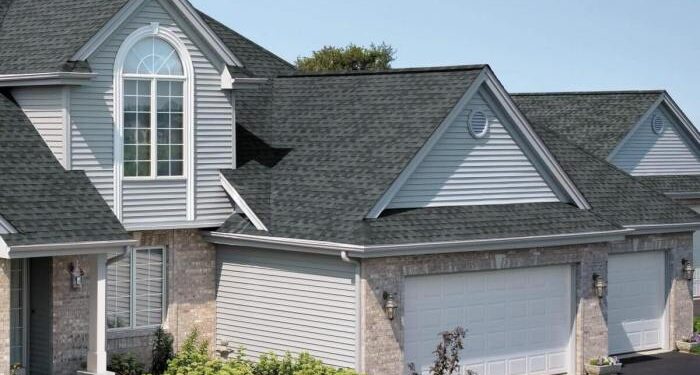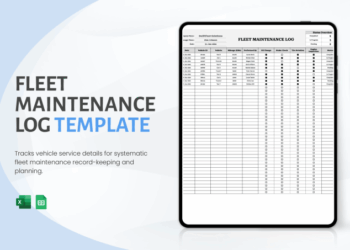Embarking on a journey through the realm of global siding and roofing, we delve into a world where construction meets innovation and sustainability. From the foundations of siding and roofing to the latest trends in materials and designs, this guide promises to offer an insightful exploration into this essential aspect of global projects.
As we navigate through the intricacies of siding and roofing systems, we uncover the critical factors that influence choices and decisions in the construction industry.
.
Introduction to Global Siding and Roofing
In the construction industry, siding and roofing play a crucial role in providing protection and aesthetic appeal to buildings. Siding refers to the external cladding of a structure, while roofing involves the covering of a building to protect it from the elements. Choosing the right siding and roofing materials is essential for global projects to ensure durability, energy efficiency, and overall sustainability. The selection of materials can impact the building's performance, longevity, and maintenance needs.Key Factors to Consider
- Climate and Weather Conditions: Different regions have varying weather patterns, so selecting materials that can withstand extreme temperatures, heavy rainfall, or high winds is crucial.
- Energy Efficiency: Opting for energy-efficient materials can help reduce heating and cooling costs, making the building more environmentally friendly.
- Maintenance and Longevity: Durable materials that require minimal upkeep can help prolong the lifespan of the building and reduce maintenance expenses over time.
- Aesthetics and Design: The choice of siding and roofing materials should complement the overall design and architectural style of the building, enhancing its visual appeal.
- Sustainability: Using eco-friendly materials that are recyclable or made from renewable resources can contribute to a greener construction process.
Types of Siding Materials
When it comes to siding materials used in global construction projects, there are several options available, each with its own unique characteristics and benefits.Vinyl Siding
Vinyl siding is one of the most popular choices due to its affordability and low maintenance. It is durable, resistant to rot and insects, and comes in a variety of colors and styles.Fiber Cement Siding
Fiber cement siding is known for its durability and resistance to fire, moisture, and pests. It can mimic the look of wood or stucco and requires minimal maintenance.Wood Siding
Wood siding offers a natural and classic aesthetic that many homeowners appreciate. While it requires more maintenance than other materials, it can last for decades when properly cared for.Metal Siding
Metal siding, such as aluminum or steel, is highly durable, resistant to extreme weather conditions, and can be recycled. It is a good option for eco-conscious homeowners.Cedar Shingles
Cedar shingles are a sustainable and eco-friendly siding option. They are naturally resistant to insects and decay, and their rustic appearance adds charm to a home.Roofing Systems around the World
When it comes to roofing systems, different regions around the world have unique styles and materials that are influenced by the local climate and geography. Let's take a closer look at some of the diverse roofing systems used globally.North America
In North America, asphalt shingles are one of the most popular roofing materials due to their affordability and durability. They are commonly used in regions with varying climates, from hot summers to cold winters.Europe
In Europe, clay and concrete tiles are commonly used for roofing due to their longevity and aesthetic appeal. These materials are well-suited for the Mediterranean climate and are often seen in countries like Spain and ItalyAsia
In Asia, materials such as bamboo and thatch are popular for roofing due to their abundance and natural insulation properties. These materials are commonly used in tropical regions like Southeast Asia and parts of India.Africa
In Africa, metal roofing is a common choice due to its ability to reflect sunlight and withstand harsh weather conditions. Corrugated metal sheets are often used in regions with high temperatures and heavy rainfall.Australia
In Australia, metal roofing is also popular, particularly Colorbond steel, which is known for its durability and ability to withstand extreme weather events like bushfires and cyclones. This material is widely used across the country.Installation and Maintenance Practices
Proper installation and maintenance are crucial for ensuring the longevity and performance of global siding and roofing systems. By following best practices and implementing regular maintenance routines, you can extend the lifespan of these essential components of a building.Best Practices for Installing Siding and Roofing
- Ensure that all materials are properly prepared before installation, including surface cleaning and priming.
- Follow manufacturer guidelines and recommendations for installation techniques to prevent issues down the line.
- Use high-quality fasteners and materials to secure siding and roofing in place effectively.
- Consider local climate and environmental factors when choosing materials and installation methods to enhance durability.
Importance of Proper Maintenance
Regular maintenance is essential to prevent damage and extend the lifespan of siding and roofing systems. By addressing issues promptly and conducting routine inspections, you can identify potential problems before they escalate, saving you time and money in the long run.Tips for Ensuring Longevity and Performance
- Regularly inspect siding and roofing for signs of wear, damage, or leaks, and address any issues promptly.
- Clean gutters and downspouts regularly to prevent water buildup and potential water damage to the siding and roofing.
- Trim trees and vegetation near the building to prevent damage from falling branches or debris.
- Consider scheduling professional inspections and maintenance at least once a year to ensure optimal performance.
Sustainability and Energy Efficiency
Global siding and roofing play a crucial role in achieving sustainability goals by providing energy-efficient solutions that can reduce environmental impact.Green Building Certifications
Green building certifications are important for ensuring that siding and roofing materials meet specific environmental standards. Some examples of green building certifications related to siding and roofing materials include:- LEED (Leadership in Energy and Environmental Design): A widely recognized green building certification system that promotes sustainable building practices.
- Energy Star: A program that certifies energy-efficient products, including siding and roofing materials, to help consumers make environmentally friendly choices.
- NGBS (National Green Building Standard): A certification program that focuses on recognizing sustainable building practices and materials.














